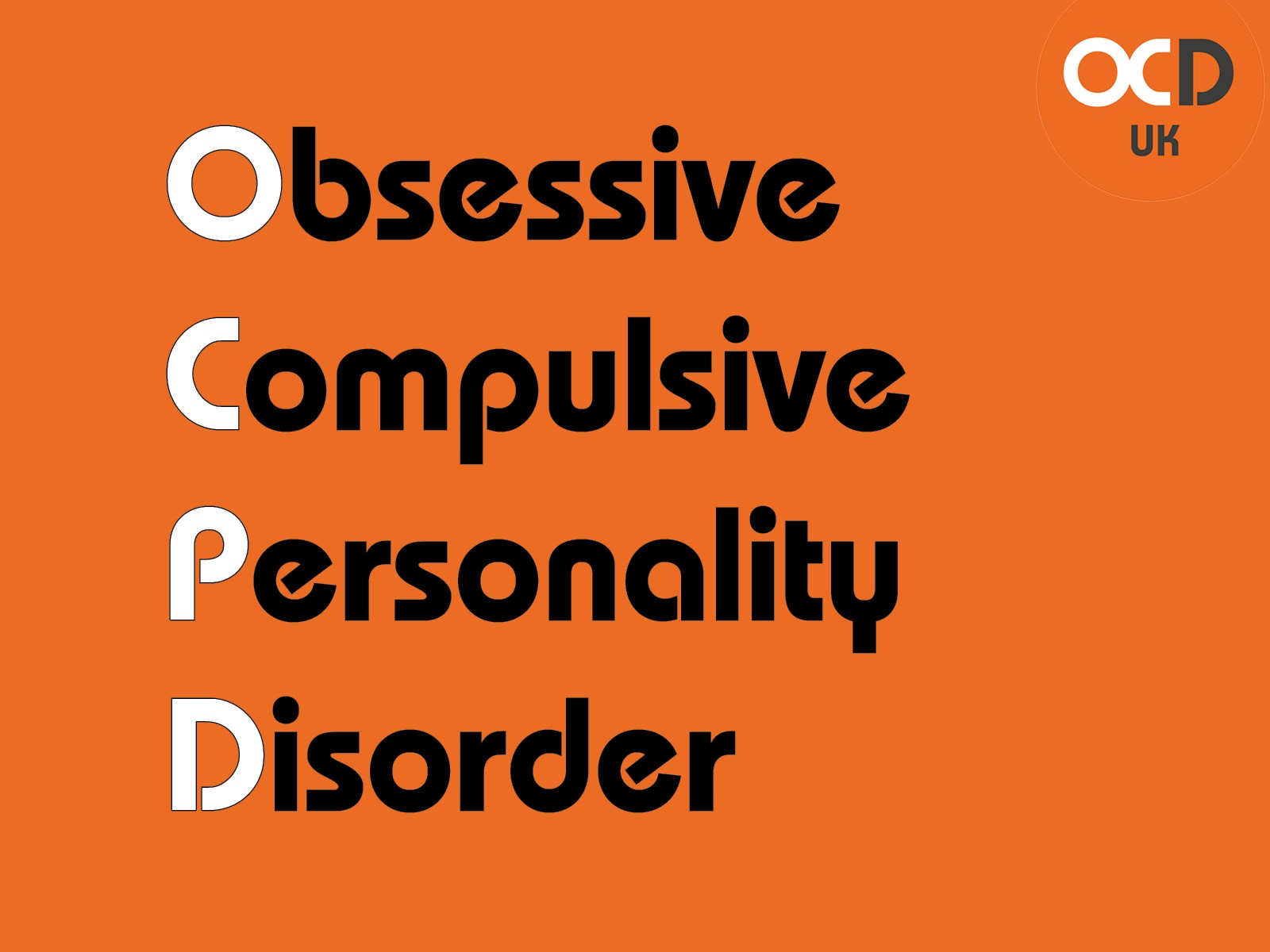
Meditation has a calming effect, and studies show that mindfulness can reduce negative responses to unpleasant thoughts or imagery.

There are many ways to practice mindfulness, but mindfulness meditation can be beneficial when struggling with intrusive thoughts or rumination. Even if you can’t control your thoughts, mindfulness can help you cope with the emotions that are brought up. Mindfulness is a practice that helps you accept challenging thoughts and feelings. Thoughts aren’t inherently harmful, but obsessive thoughts can cause severe anxiety and distress. Explore meditation and mindfulness benefits To accept obsessive thoughts, plant yourself firmly in the present and be realistic about what you do and do not have control over. The more we practice mindfulness and reframing, the more positive links we create in our brain.” Talkspace therapist Cynthia V.
#COMPULSIVE THOUGHTS MEANING HOW TO#
We have no control over them, but we have control over how to process them or reframe them. “Thoughts are our brain’s way of keeping us alert, protected, and engaged. For example, instead of trying to push thoughts away, address them by writing them down. Work on how you react when you find you’re thinking obsessively or engaging in compulsions. Then, by increasing your awareness of obsessive thinking, you can find better ways to cope with thoughts as they arise. Learning to stop obsessive thoughts means first recognizing harmful thought patterns. If you can minimize the stress your thoughts cause, you can reduce their impact on your life. When an unwanted thought appears, try to accept it and move on.

Once you address your thoughts, you might find that they fade away.Īcknowledging your thoughts doesn’t mean you have to dwell on them. Rather than try to prevent your thoughts, you should let them happen. Unfortunately, trying to suppress negative thoughts can actually make them worse.įiguring out how to stop obsessive thoughts isn’t always the best solution at the moment. If you’re struggling with unwanted intrusive thoughts, your first instinct might be to ignore your thoughts or push them away. How to Deal with Obsessive Thoughts: 7 Tips 1. Concerns you’ve forgotten something important.Excessive concerns about living up to your religious or moral standards.While people struggle with many types of obsessive thoughts, some common examples of obsessive thinking might include the following: Once the rumination process starts, it can be hard to stop. Rumination is a negative thought spiral that doesn’t seem to end. People with an OCD diagnosis use compulsive behaviors to deal with the anxiety their thoughts cause.Īnother form of obsessive thinking is rumination, a symptom of OCD, anxiety, and depression.

Also known as intrusive thoughts, this type of thinking is a symptom of obsessive compulsive disorder (OCD). “Obsessive thoughts” is a term that refers to unwelcome and upsetting thoughts you can’t seem to get out of your head.

Fortunately, you can learn how to stop obsessive thoughts and keep intrusive thought patterns from taking over your life. People often use unhealthy coping mechanisms - including social withdrawal and compulsive behavior - to deal with obsessive thinking. Instead, this type of thinking can be so distressing and distracting it can be challenging to think about anything else. While it’s not unusual to be distracted by the occasional unwanted thought, obsessive thoughts aren’t something you can push out of your head. Research shows that, on average, people think more than 6,000 thoughts every day.


 0 kommentar(er)
0 kommentar(er)
